Why suspended-film insulating glass windows may be a game-changer
Suspended-film insulating glass windows are an intelligent way to make windows super high-performance with insulating properties up to R-17, without adding too much weight for window frames to cope with. Since air is an insulator, trapping it (or gas) between two or more panes of glass, or indeed film, increases the R value of windows. This of course helps keep homes warm in winter and cool in summer, especially if there is careful use of low emission (low-e) window coatings or films, combined with passive solar home design.
It’s pretty common to find triple-glazed passive house standard windows in the better-performing houses out there, but you won’t see a whole lot of quadruple-glazed windows. Part of the reason is that the more glass you add, the heavier the windows get. The added weight of a third pane of glass often requires a more robust framing system, and the added weight also puts more strain on the window’s operating mechanisms. So along with getting heavier and using a third more glass, high-performance windows can get a little pricey too.
But don’t get us wrong here, better-quality high-performance windows are very much worth the money. Windows are the weakest performing point in a building envelope (one would hope at least), so that’s why we used triple-glazed argon-filled passive house performance windows when we built our experimental high-performance demonstration homes: like the LEED Platinum Kenogami House, the LEED V4 Platinum Edelweiss House, and the LEED Platinum solar air heated S-1600 Wakefield House.
What are suspended-film insulating glass windows?
What we personally have yet to try, is suspended-film windows (sometimes called suspended coated film windows) but the technology and principal behind them certainly looks interesting, now that the cause of the original failures seems to have been worked out.
What suspended-film insulated glass windows do is increase window insulation levels by creating additional hermetically-sealed chambers of air within two exterior panes of glass with one or more polymer films in the interior under tension. The films act in much the same way as glass by separating chambers of air, but each ‘pane’ of a suspended-film window is virtually weightless.
And, these films can have special properties to enhance window performance, which is where the name suspended coated film windows comes from. Some of these insulating glass sealed units can even look identical - but have different properties - depending on whether solar gain needs to be optimized or the overall insulation value.
When leveraging passive solar gain in a zero energy home, for example, the proper choice of south-facing windows can more heat in the day than they will lose at night, by a factor of as much as 50%, so look for a high SHGC with the highest possible R-value, or its opposite, the lowest possible U value.
There is never any solar heat gain on the north facade, so go with the highest R-value you can find, period. On the east and west facades, a combination of a high R-value and low solar heat gain coefficient [SHGC] is best to prevent overheating in summer, unless the windows are well-shaded from direct sunlight, in which case treat them as a north-facing window. For the best tips on how to choose high performance windows see here.
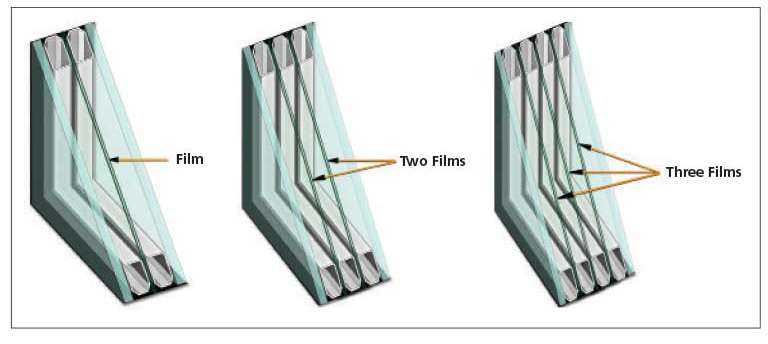
The result of choosing the right suspended-film insulating-glass glazing unit is a super-insulated double-glazed window that weighs less than the highest-quality triple-glazed window, yet has at least a third air chamber and a slightly higher R value.
In some cases, suspended-film windows could be just the answer for the highest-performance windows in a cold climate zone or a hot climate zone. They can weigh less, cost less, and be easier to transport and frame. And you can add more insulation by adding more film layers: the Canadian manufacturer of suspended-film glazed units, LiteZone Glass Inc, claims an R value of 17 for 8 layers, which is very practical for high-humidity rooms. such as bathrooms and kitchens.
This can also be useful for home greenhouses and solariums where you want to reduce condensation and temperature swings that can be so stressful to tropical plants and humans alike. This is probably one of the reasons LiteZone Glass Inc won "Product of the Year" from the CaGBC for their LiteZone® suspended-film insulating-glass glazing units.
The added films make suspended-film windows among the best-performing windows available on the market, at least in terms of insulation value. So if the goal is to build a Passive House or Zero Energy home in any area with climate extremes - or wanting to build a home with extensive window sizes like the one in the header photo - then getting a quote for suspended-film windows is probably a good plan.
The possible downsides of suspended-film windows
As is usually the case with uncommon building products that seem to greatly outperform the competition, there are potential drawbacks to suspended-film windows. A solid pane of glass will not wrinkle, so it will always offer you a clear view. That has not consistently been the case with early attempts at building with suspended-film insulating glass windows. There have been instances of rippling on the interior, causing a wavey look and of sealed glazing units failing causing problems with condensation on windows.
There has of course been finger-pointing as to how that happened, with installers blaming manufacturers, and vice versa. During manufacturing, the film is pulled tight and shows no sign of its very existence, but it does stand to reason that if a window is installed with unequal pressure on one corner that it could slacken a bit - especially as glass is a liquid and "flows" over time.
The conclusions arrived at by some forensics, is that the original suspended film windows on the market were made with materials that had different rates of expansion and contraction, which put additional wear on materials, led to seal failures, and caused films to slacken leaving that wavy look that was acceptable to absolutely no one.
But even if the wrinkling doesn’t appear right away, it could still happen over time. Over how many years can polymer film survive the demands of severe climates? Since the glass does not stop all the sun’s ultraviolet and short-wave radiation, how much beating can it take before it degrades? And if you’re thinking of having the performance of those windows with all those 8 layers mentioned above, expect a drop in your visible transmittance value (VT), which means less light getting in.
Which are better triple pane or insulating glass suspended-film windows?
There is not a clear answer as to "which are the best windows" for your house, whether that’s a new house or you are replacing old windows when renovating a home. There are too many variables to offer a one-size-fits-all answer, but that is the case with every component of a high-performance green home.
The benefits of suspended film windows are clear – wow, didn’t even plan that one it just came out :-)
But yes, the benefits are clear - they are lighter windows with higher R values. What may make the difference is the quality of construction, so I would have a very frank discussion with a window manufacturer about the anticipated lifespan of their products, if they have had a problem with films wrinkling, and what they think causes it. Also, be certain that you know how to install high performance windows properly.
Important to know is also the warranty, for all components of the windows – the films, the seals, and hardware for opening windows. LiteZone® offers a 25 year warranty on their suspended-film insulating glass sealed units and includes protection against:
- seal failures;
- deterioration in the condition of the suspended films;
- accumulation of moisture within the glass unit;
- any appreciable deterioration in the thermal performance of the glass unit.
Will suspended-film windows reduce condensation?
Condensation on windows in homes is the product of humid air meeting a cold surface. How much condensation you have will depend on the temperature of the glazed surfaces of your windows, the exterior temperature, and the level of humidity in your home. Suspended film windows *could or would* have less potential for condensation, if the temperature of the interior glass is warmer. And if there are more air chambers, well, it should be warmer! We conclude then, that suspended-film insulating glass windows should reduce condensation. One tip we would like to share is that when installing high performance windows, it is also a really good idea to use high performance insulating window bucks like these.
Who makes suspended-film insulating glass windows?
As insulating glass suspended-film sealed units will fit into practically any standard triple pane framing systems designed for glass units between 1.50" and 2.25" thick, ask any triple-glazed window manufacturers for a quote to include this type of glazing unit. Alternatively, for non-opening glazed areas - it is possible to install some suspended-film insulating glass units as a frameless option straight into a high-performance wall structure - please see the following detailed drawings.
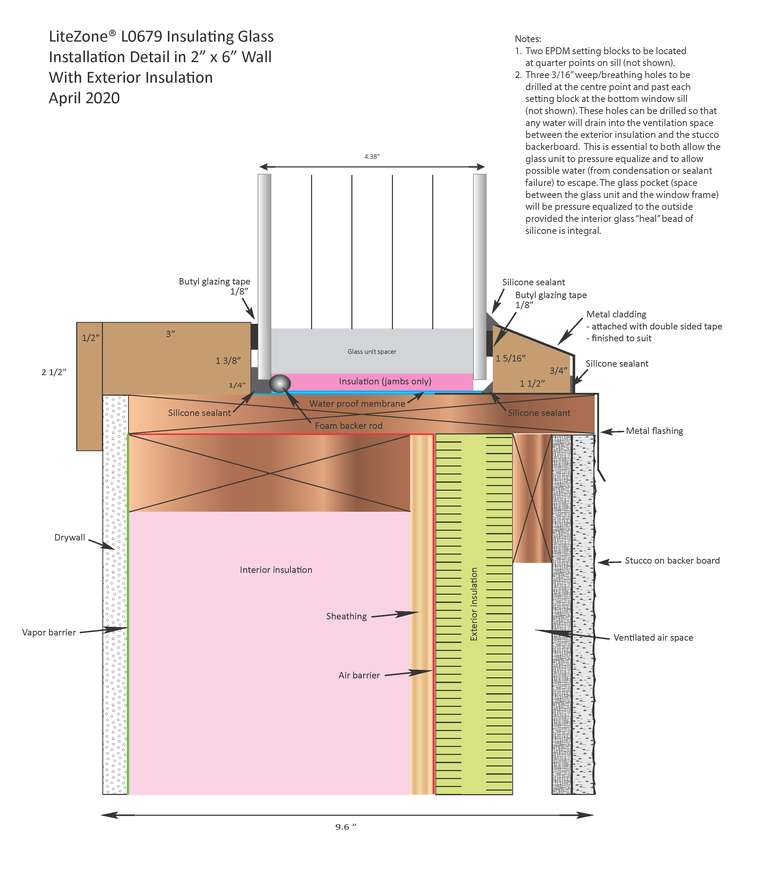
Now you know more about suspended-film insulating glass windows, find more pages about sustainable and resilient green building techniques here :
Find more about green home construction in the Ecohome Green Building Guide pages or to learn more about the benefits of a free Ecohome Network Membership, see here. |




















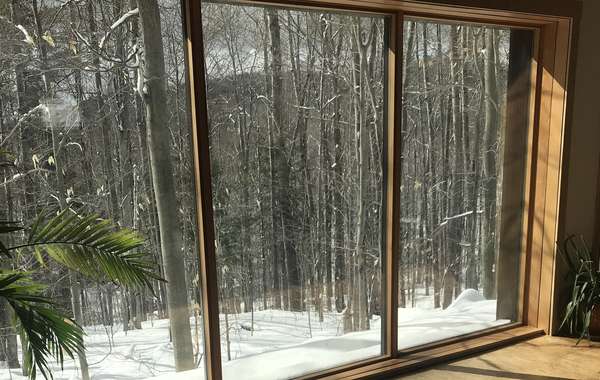
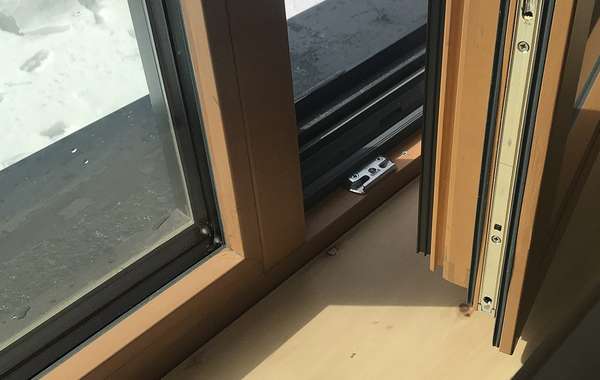
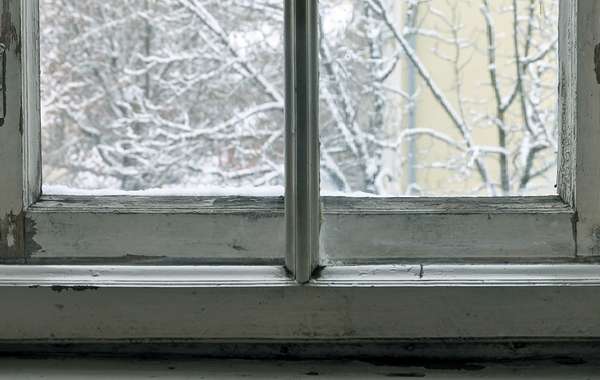
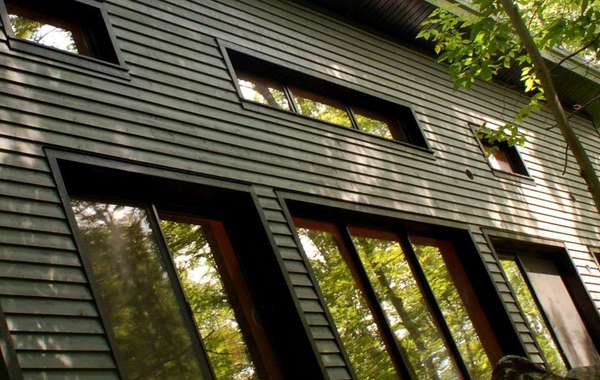
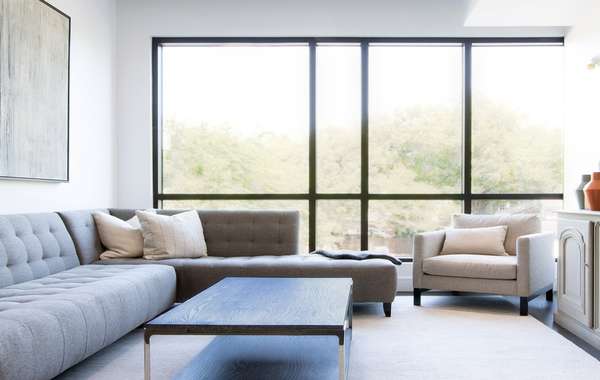
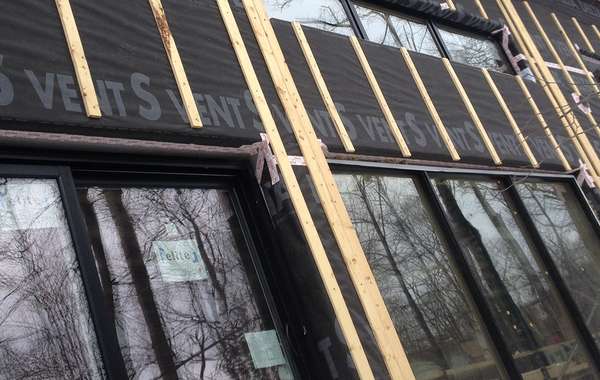



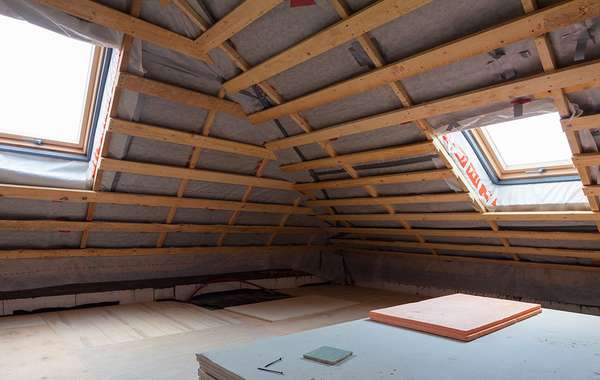
I understand the stated concerns with early film windows with manufacturers where their films slackened over time, however LiteZone indicates they have eliminated that risk with a proprietoary film suspension system that allows LiteZone units to adjust for both changes in temperature and any slight settling of materials over time to continue to keep the film tight over the extended life of a LiteZone unit.
Litezone is not the innovator of film suspension system. A company from Europe, Geilinger first developed a suspension and breather system sealed unit. ( approx in the early 80s) That product was licensed to Visionwall. Visionwall then licensed the technology to Envision Glazing Inc to manufacture suspended film units that breathe. The litezone CEO was former CEO at Visionwall. Now both products exist. Visionwall has buildings that are over 30 years old with the technology. Litezone does not. Not sure of how many installations have litezone units. As for issues... can't comment on Litezone. However under old Visionwall there have been issues. Under new manufacturing many issues have been resolved over time. More success with 4 layer units than with triple units. The pressure equalization is a key element to function of these units as there is a large volume of air to deal with. Performance is in the R8 or higher range. STC values benefit from these large air spaces as an added bonus. If unit breather system is plugged, risk of breakage due to stress exists more so than double or triple pane units. As stated in other articles use of Argon and krypton has its issues with the inert gasses permeating out through seals and not able to equalize with air. That due to the molecular size of the gasses and and regular air being large molecules. This putting stress on seals and glass that can lead to failure. Normal double and triple pane units also have varying quality and do suffer from failure, even in short time periods. Many manufacturers still use metal spacers that leads to condensation at perimeter of glass units. Better manufactures use thermally improved spacers (plastic or foam foil wrappped) that avoids this problem. Why suspended films? To improve thermal performance with the bonus of reducing weight. And in the case of Envision Glazing units, higher STC ratings as well. All improving occupants comfort and reducing greenhouse emissions.